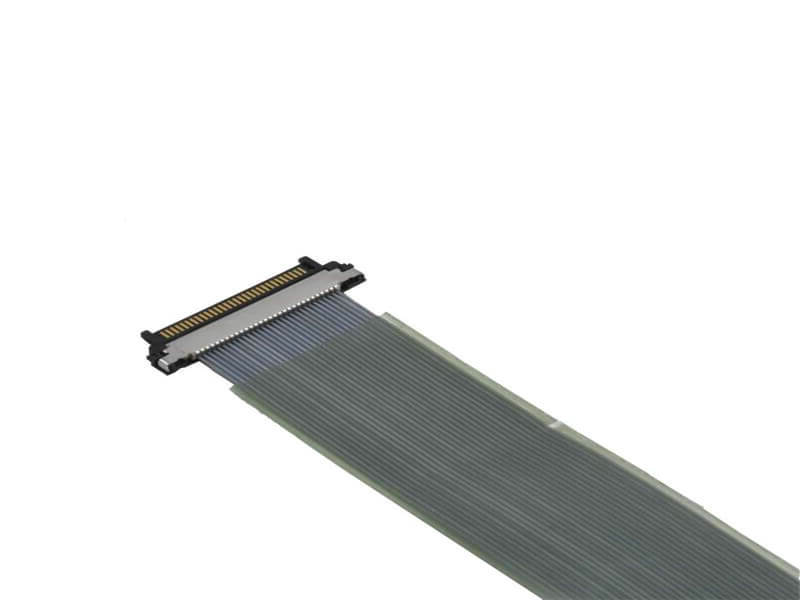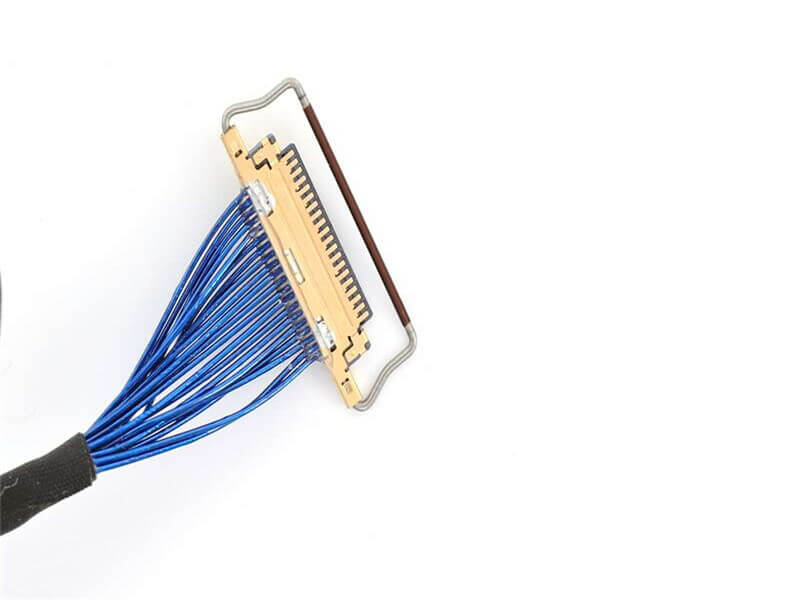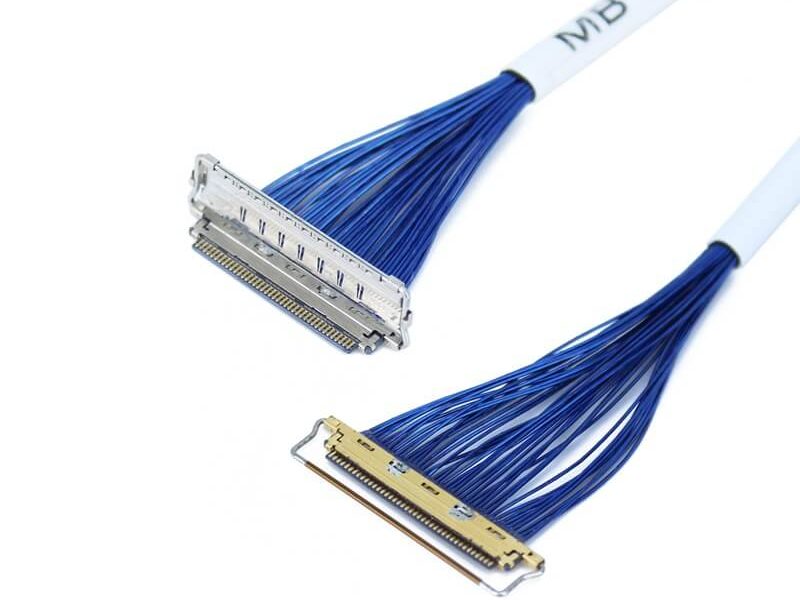Where Do Coaxial Cables Excel
Coaxial cables, a staple of wired communication since the 1930s, continue to thrive in modern technology despite competition from fiber optics and wireless solutions. Their unique design—combining high bandwidth, durability, and electromagnetic interference (EMI) resistance—makes them indispensable in specific industries.
1.Broadcast and Cable Television
High-Frequency Signal Transmission
Coaxial cables dominate traditional and digital broadcasting due to their ability to transmit high-frequency signals over long distances with minimal loss:
Analog and Digital TV: 75Ω coaxial cables (e.g., RG-6) deliver uncompressed HD and 4K signals to homes via cable TV networks.
Satellite TV: Low-loss coaxial cables like RG-11 connect satellite dishes to set-top boxes, handling frequencies up to 2.5 GHz.
Advantage: Superior shielding prevents signal degradation from external EMI, ensuring crisp video and audio quality.
2. Telecommunications and Broadband
Hybrid Fiber-Coaxial (HFC) Networks
Telecom providers use coaxial cables as the “last mile” connection in HFC networks to deliver high-speed internet and IPTV:
DOCSIS 3.1 Technology: Enables download speeds up to 10 Gbps over coaxial lines, rivaling fiber-to-the-home (FTTH) in cost-sensitive areas.
MoCA for In-Home Networks: Coaxial wiring in buildings supports 2.5 Gbps LANs via Multimedia over Coax Alliance (MoCA) adapters.
Advantage: Leverages existing coaxial infrastructure, reducing deployment costs compared to full fiber upgrades.
3. Military and Aerospace
Mission-Critical Reliability
Coaxial cables are favored in defense systems for their ruggedness and signal integrity:
Radar and Avionics: Phase-stable coaxial cables ensure precise timing in radar arrays and cockpit instrumentation.
Secure Communications: Double-shielded or triaxial cables prevent eavesdropping in tactical radio systems.
Advantage: MIL-SPEC variants (e.g., RG-213/U) withstand extreme temperatures (-65°C to +200°C), vibration, and moisture.
4. Medical Imaging and Equipment
High-Resolution Data Transfer
Coaxial cables are critical in medical devices requiring noise-free signal transmission:
MRI Machines: Transmit high-frequency RF pulses (up to 300 MHz) between magnets and control units.
Ultrasound Systems: Flexible miniature coaxial cables (e.g., RG-178) connect transducers to imaging processors.
Advantage: EMI shielding prevents interference from nearby electronic equipment, ensuring diagnostic accuracy.
5. Industrial Automation and IoT
Robust Connectivity in Harsh Environments
Factories and oil refineries rely on coaxial cables for sensor networks and control systems:
Process Control: 50Ω coaxial cables link PLCs (Programmable Logic Controllers) to remote sensors in high-noise areas.
Video Surveillance: Armored coaxial cables with polyethylene jackets resist chemicals and abrasion in industrial CCTV setups.
Advantage: Greater mechanical durability than twisted-pair cables, withstanding exposure to oils, fuels, and extreme temperatures.
6. Radio Frequency (RF) and Wireless Infrastructure
Cellular Networks and RF Antennas
Coaxial cables form the backbone of wireless communication systems:
5G Small Cells: Low-loss Heliax cables connect mmWave antennas to baseband units with minimal attenuation at 24–40 GHz.
AM/FM Radio Transmission: High-power rigid coaxial lines feed signals to broadcast tower antennas.
Advantage: Lower latency compared to fiber for RF signal distribution, critical for real-time applications.
7. Scientific Research and Instrumentation
Precision Signal Handling
Research labs use coaxial cables in sensitive measurement systems:
Particle Accelerators: Phase-matched coaxial cables synchronize electromagnetic fields in synchrotrons.
Radio Astronomy: Cryogenic coaxial cables operate at near-zero temperatures to reduce thermal noise in telescope arrays.
Advantage: Consistent impedance (50Ω or 75Ω) minimizes signal reflections in high-precision setups.
8. Automotive and Transportation
In-Vehicle Connectivity
Modern vehicles integrate coaxial cables for entertainment and safety systems:
GPS and Satellite Radio: RG-174 cables route signals from roof-mounted antennas to head units.
Backup Cameras: Coaxial cables transmit HD video from rear cameras to dashboard displays without lag.
Advantage: Compact size and flexibility suit tight spaces in automotive wiring harnesses.





